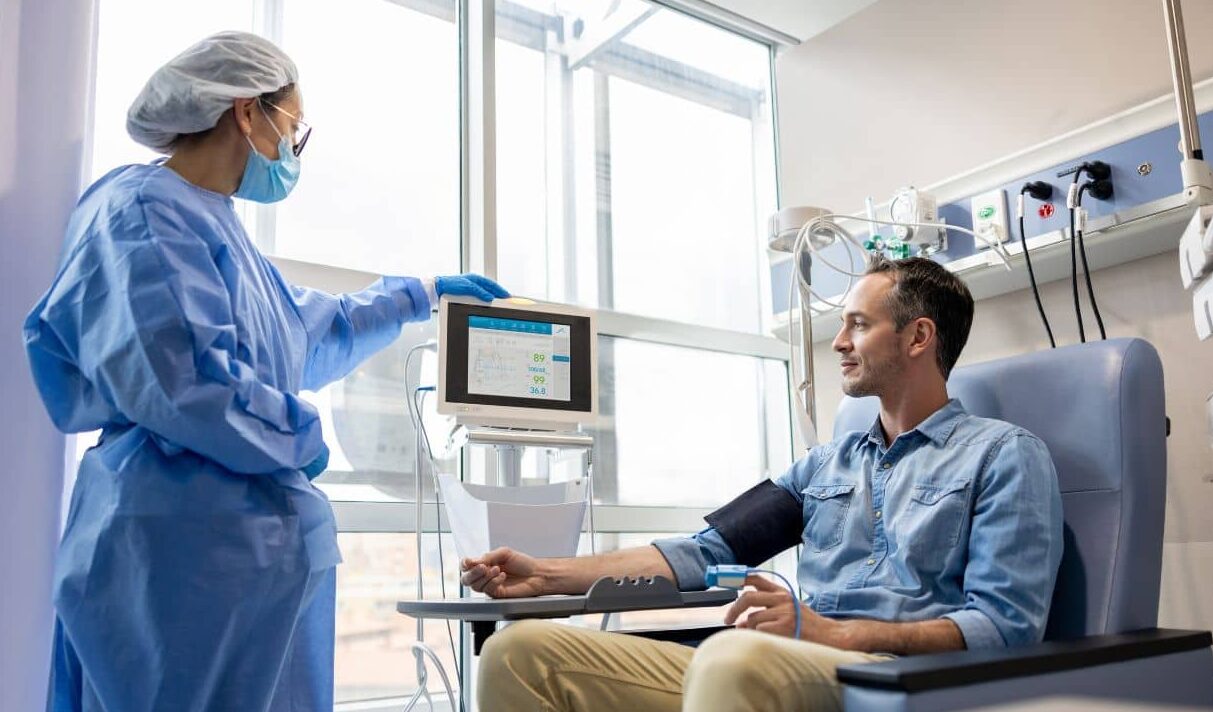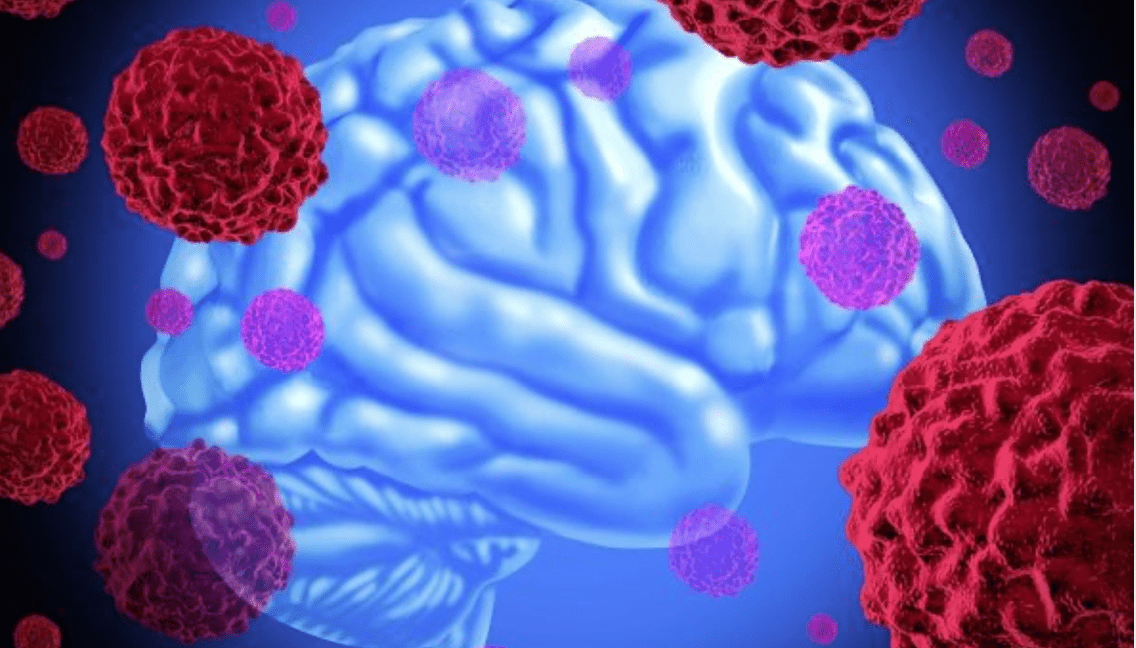-
 News
When glucose levels are low, chemotherapy ceases to affect cancer cells
News
When glucose levels are low, chemotherapy ceases to affect cancer cells
-
 News
Excessive treatment of prostate cancer in older men may reduce quality of life without increasing its duration
News
Excessive treatment of prostate cancer in older men may reduce quality of life without increasing its duration
-
 News
Brain cancer can be cured by viruses
News
Brain cancer can be cured by viruses
-
 News
Ways to reduce lymphatic pain in breast cancer have been found
News
Ways to reduce lymphatic pain in breast cancer have been found
-
 News
Scientists have turned bacteria into a powerful weapon against cancer
News
Scientists have turned bacteria into a powerful weapon against cancer
All news
Lymphangioma treatment
A lymphangioma is a benign tumor that arises from the walls of the lymphatic vessels. Usually occurs in the place of accumulation of lymphatic vessels. It often occurs during intrauterine development.
Such tumors appear in childhood (usually in 1-3 years) and are up to 10-12 % in children. The causes of lymphangioma are still unknown.
MedTour patients recommend clinics for the treatment of lymphangioma:
Doctors for the treatment of lymphangioma
Frequently Asked Questions
Simple lymphangioma is an overgrowth of lymphatic vessels in the skin or in the subcutaneous tissue.
Cavernous lymphangioma-contains a connective tissue base, muscle fibers, and small lymphatic vessels. It consists of cavities filled with lymphatic fluid.
Cystic lymphangioma-consists of cysts, which can be of different sizes and contain a connective tissue component.
There is also a clinical classification adopted in order to choose a treatment method:
- Microcystic lymphangioma — up to 5 cm;
- Macrocystic lymphangioma-more than 5 cm.
- The appearance of a clearly defined or lumpy formation on the surface of the skin or an increase in the size of a part of the body can also look like a lot of bubbles filled with liquid;
- Wet skin near the formation (due to the release of lymph on the surface of the skin);
- Violation of the function of organs that are compressed by lymphangioma.
- Development of infection;
- Pain syndrome;
- Puffiness;
- Heart and lung failure;
- Destruction of the bones of the skull and skeleton;
- Ascites.
- Lymphangiomas, as a rule, are not life-threatening, however, they can recur and cause significant cosmetic defects. In order to minimize this possibility, patients tend to go to clinics with an established surgical school and surgical equipment that allows them to perform minimally invasive operations.
- A multidisciplinary approach-involving surgeons and therapeutic specialists in the treatment of lymphangioma significantly reduces the likelihood of relapse and complications such as lymphostasis and lymphorrhea, impaired skin sensitivity at the site of the lesion, and other similar complications.
- In a situation where bone grafting is needed, many foreign clinics have a method of growing bone from stem cells that allows you to do without bone defects and without prostheses.
What are the current methods of diagnosis and treatment of lymphangioma
Diagnostics
Lymphangioma usually looks like a swelling on the surface of the skin, under the skin, or in the mouth. To clarify the diagnosis, a biopsy of the formation is used. In the case of cystic lymphangioma, a biopsy can be both a diagnostic and therapeutic method. Sometimes, if the lymphangioma is located deep under the skin, a soft tissue ultrasound is performed before the biopsy.
Treatment
Surgical treatment of lymphangioma
The main method of treating lymphangioma is surgical. If it is not completely removed, a relapse is possible, that is, the re-appearance of the formation in the same place.
Sometimes a small cystic lymphangioma can be removed with a puncture.
Limited medium-sized lymphangiomas can be removed using such minimally invasive methods as carbon dioxide laser, cryotherapy, and sclerotherapy.
If the lymphangioma causes bone deformity, most often it is the bones of the facial part of the skull, bone grafting is required.
Therapeutic treatment of lymphangioma
For large, symptomatic and recurrent lymphangiomas, in addition to surgical ones, therapeutic methods can also be used:
- Antihistamines;
- Drugs that reduce the permeability of the walls of blood vessels;
- Antibiotics;
- Detoxification therapy.
Published:
Updated:


Information on this webpage verified by the medical expert








